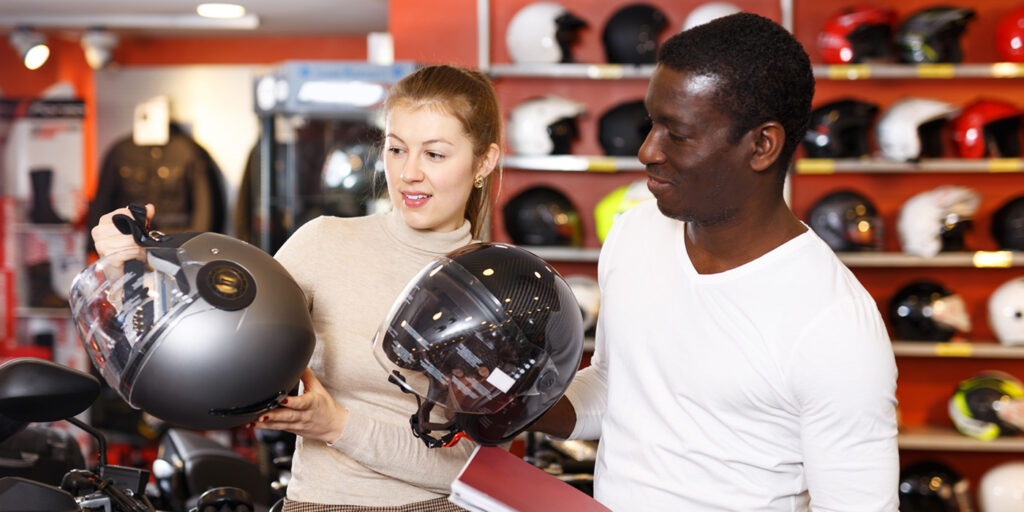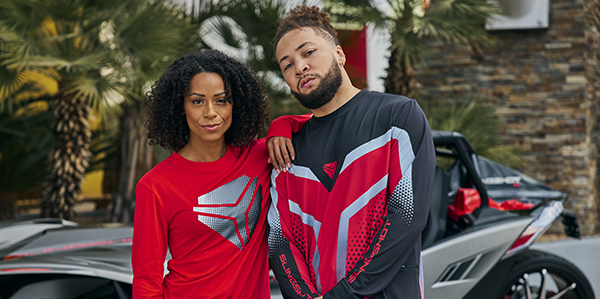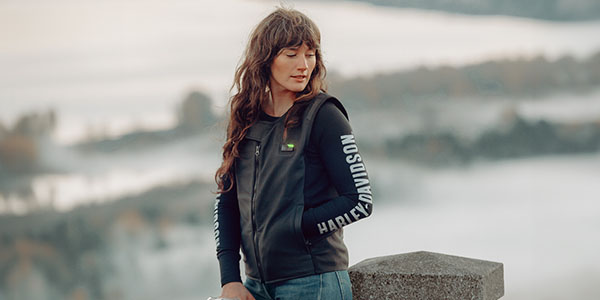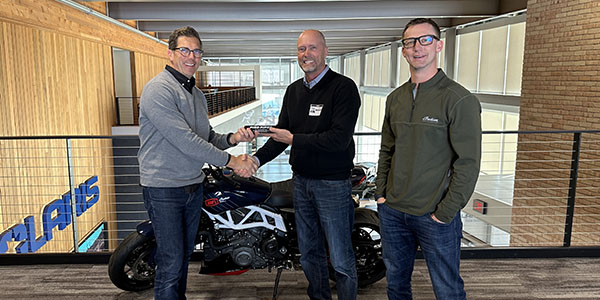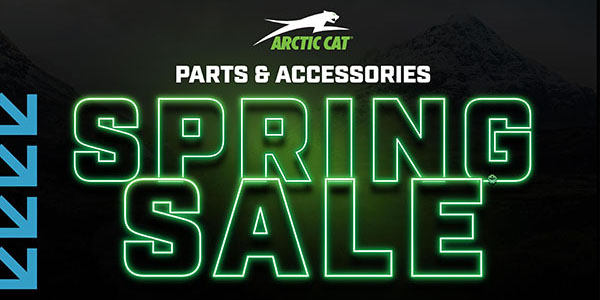Picture this: A customer walks into your store. His name is Bob, and he just bought his first motorcycle. He’s excited, nervous and looking for your help. What does he need to buy? What’s the difference between these two helmets? He probably has a lot of questions, and it’s up to you to answer them all as best you can.
Let’s focus on his biggest investment, other than the motorcycle, of course: riding gear. We’ll take a look at some of the most common concerns and motivators among new riders and how to make the sale.
What’s on the Customer’s Mind?
We’ll start off with what Bob is thinking about while he’s in your dealership. He’s probably out of his comfort zone and a little bit afraid of being judged. He doesn’t know that much about the motorcycle world — not yet at least. There is so much gear available, it’s had to know where to start.
The first, and most important thing you can do is welcome him. Make him feel like he belongs — like he’s already a part of the motorcycling community. A little bit of friendly chit-chat and a smile can really go a long way.
Budget
Let’s face it: Newer riders, especially younger riders, are probably working on a tight budget. They’ve just invested a lot of money into their motorcycles, so they may not want to spend very much on their gear, and that’s okay. The most important thing to do in this situation is to help them find the right gear for them.
While you or I might prioritize certain features like pin-lock visors or anti-fog coatings, a newer rider might not be able to justify the added cost. Premium gear may offer lightweight construction, superior air ventilation or abrasion resistance, but we can’t really expect a new rider to spring for the most expensive gear right from the start.
It’s perfectly fine for a customer to opt for the less expensive DOT-rated helmet over one with a SNELL rating. Oftentimes, life is about compromise, and the same goes for buying gear. The important thing is that your customers are getting gear that fits them comfortably and fits into their budgets. They can always upgrade to more premium gear later on down the road.
Fitment
Riders simply won’t wear gear if it isn’t comfortable — that’s a fact. Yes, it seems simple, but put yourself in the customer’s shoes for a moment. You’re a new rider; you spent a lot of money on your bike and your gear. You bought some new gear, but things just don’t seem to fit quite right. Maybe you can feel your helmet moving around on your head. Maybe your jacket is a little bit too loose around the chest, and once you get onto the highway it starts to flap around like a flag in a hurricane.
As a new rider, you might not realize that these things aren’t normal, and you might be too embarrassed to ask your friends for advice. It’s very likely that a new rider will simply “deal with it” rather than coming back into the dealership to exchange the gear for something that fits better. This is why it’s so important to help your newer customers to find the right gear for them, their bike and the way they plan to ride.
When we’re talking about fitment, there are a number of factors to consider. Jackets and pants should fit snug but not so tight that they restrict the rider’s movement or circulation. A helmet should conform to the head, and once strapped on, it shouldn’t move around. If you can grasp the helmet and move it far enough to start to obstruct your vision, it doesn’t fit properly.
Related: Apparel Pro: Women’s Jackets
Comfort
Comfort is another important factor. Those of us who have been riding for years all know how big of a difference it makes to have the right riding gear. But comfort goes way beyond how the gear fits the rider; it’s more about how well the gear is suited for the climate and riding conditions.
New riders are unlikely to realize that riding gear is designed for a particular season or range of temperatures. Perforated or vented leather jackets are great for keeping you cool in hot summer weather, but they won’t keep you warm after sunset when the temperature drops. Leather gear typically isn’t waterproof, so if you get caught in the rain, there’s a good chance your base layers will also get wet.
Value
Finally, let’s talk about value. We all know that every customer is looking for the best bang for his or her buck. If you ask the right questions, you can help your customers to find the right gear to suit their individual needs. This includes the type of riding they plan to do, whether it’s on the road, off road or on the track. It also includes the weather and climate conditions, especially if they plan to take long road trips. On a long trip, one might encounter a wide range of temperatures and weather conditions. This could mean that the customers need to buy gear that can be adjusted to the conditions or several pieces of gear that would need to be swapped out.
I personally found a pretty solid balance between cost and benefits with my gear. I wear riding pants and a jacket, both textile, along with leather boots and gloves. My textile pants and jacket both come with windproof, waterproof and thermal liners that are held in place by zippers. This means I can quickly add or remove layers and fine-tune my comfort whenever I’m stopped. They’re a lot less expensive than leather gear would be, and the benefits they offer far outweigh any of the downsides.
Finding that balance is tricky, and new riders will benefit from your advice and experience.

